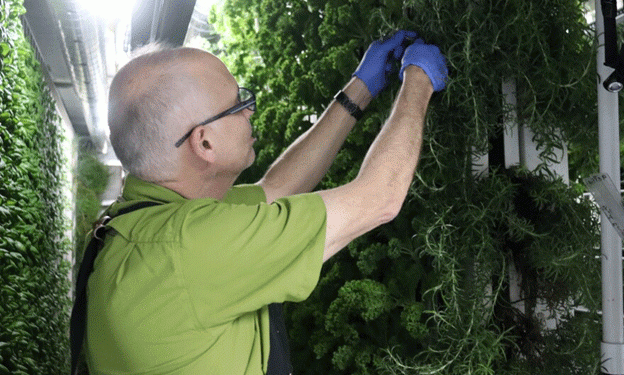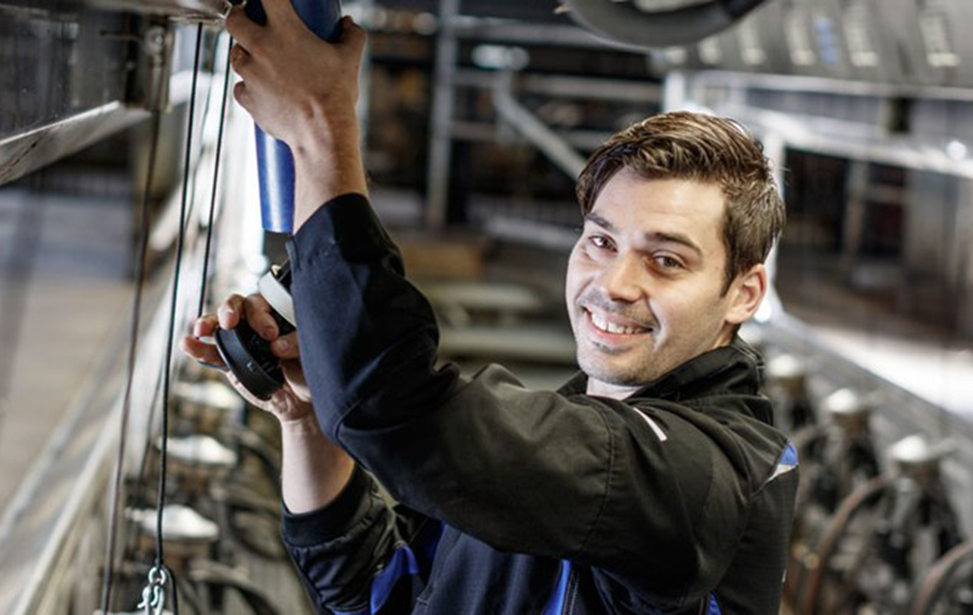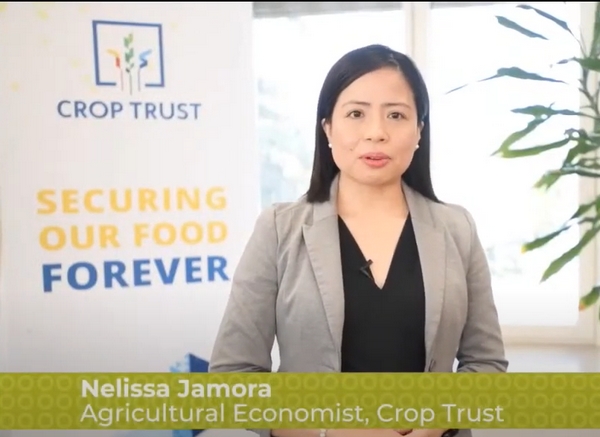In Alaska’s challenging environment, where traditional farming faces significant obstacles due to extreme cold and limited daylight, hydroponic agriculture has emerged as a viable solution for year-round crop production. By cultivating plants without soil, using nutrient-rich water solutions, and maintaining controlled indoor environments, Alaskan farmers are now able to provide fresh produce throughout the year, overcoming the state’s short growing seasons and reducing dependence on imported foods.
Case Studies: Edgy Veggie and fresh365
Two notable examples of successful hydroponic operations in Alaska are Edgy Veggie and fresh365, both located on the Kenai Peninsula.
- Edgy Veggie: Managed by Taylor and Jayme Lewis, Edgy Veggie operates an indoor farm that produces approximately 900 plants weekly, even during the harshest winter months. Their hydroponic system utilizes recycled nutrient-filled water, specialized lighting, and climate-controlled conditions to ensure consistent crop yields. Around Thanksgiving, they harvested 150 pounds of lettuce, sufficient for about 800 salads. Jayme Lewis notes that while summer sales decline due to home gardening, winter demand increases as local produce becomes scarce. However, high electricity costs pose a significant challenge to their operations.
- fresh365: Owned by Henry Krull, fresh365 operates entirely within a shipping container, allowing precise environmental control. This setup enables consistent production regardless of external weather conditions, maintaining an internal temperature of approximately 70°F even when external temperatures drop to -30°F. To mitigate high energy expenses, fresh365 installed solar panels partially funded by the U.S. Department of Agriculture’s Rural Energy for America Program (REAP). Despite this, limited winter sunlight reduces the effectiveness of solar energy, leading to substantial electricity costs.
Economic and Operational Challenges
While hydroponic farming offers a sustainable solution for fresh, local produce in Alaska, it comes with notable challenges:
- High Energy Costs: Maintaining optimal indoor growing conditions requires significant energy for lighting, heating, and water circulation. In Alaska, electricity costs can be prohibitive, with some operations spending approximately $2.15 in electricity alone to produce a single head of lettuce.
- Infrastructure Investment: Establishing a hydroponic facility involves substantial initial capital for equipment such as hydroponic systems, environmental controls, and insulated structures. For instance, hydroponic equipment and environmental controllers can cost around $30,000, with additional expenses for construction and setup.
- Operational Maintenance: Hydroponic systems require continuous monitoring and maintenance to prevent issues such as equipment malfunctions, ventilation problems, and water leaks. The labor-intensive nature of these operations adds to the overall costs and demands on farmers.
Hydroponic farming presents a promising avenue for enhancing food security and providing fresh produce year-round in Alaska’s demanding climate. While the approach addresses many challenges associated with traditional agriculture in the region, high energy costs and significant initial investments remain critical hurdles. To fully realize the potential of hydroponics in Alaska, there is a need for supportive policies, investment in renewable energy solutions, and community initiatives aimed at reducing operational costs and promoting sustainable practices.












